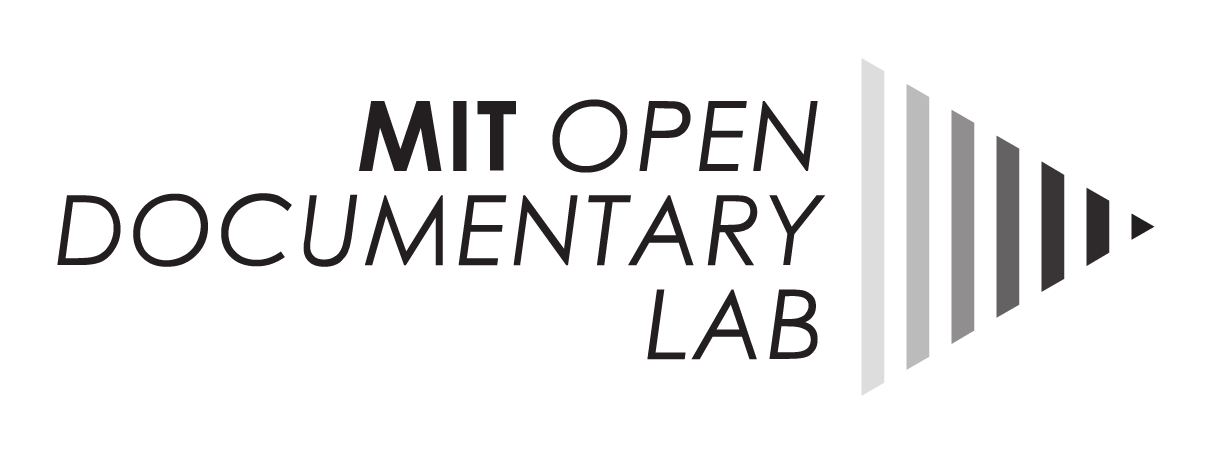Since its advent, Virtual Reality (VR) has promised experiences that could detach its users from their present reality and immerse their bodies into an alternate one. While VR creators and users seldom claim full dissociation at this stage in the technology, the imaginative space afforded by the suspension of disbelief make the medium ripe for creative inquiries into the very phenomenon that immersive technologies enable.
In fact, VR is the prime storytelling medium for teasing out and exploring these ambiguities of interior subjectivity — how it relates to the body, and how we might consider life outside bodies of our own.
“Everyone comes with their own background, their own relation to their body that they cannot control. But then, I take them on a journey,” said Pierre “Pyaré” Friquet, the lead artist on “Spaced Out.” “There are three components to the experience: visual, audio, which are one spectrum, one pole. And then at the end of it is the sensuality of water and your own connection with water. That’s primary, and how it’s all connected is weightlessness and the zero-gravity environment.”
In “Spaced Out,” users enter the swimming pool in their bathing suits, starkly aware of their surroundings. When the virtual environment, however, soon shifts to that of space, the body’s sensation of being submerged underwater makes the descent onto the moon all the more imaginable. I found my arms swimming in a forward motion to parallel my visual movement, not only simulating an interaction but complementing the experience of moving in outer space. In this way, the body’s motions — the resistance of my arms against the water, breathing in and out within my snorkel — adds to the reality of the scene.
As an advocate for victims of sexual violence and childhood trauma, the psychological impacts of trauma-induced dissociation ground Friquet’s interest in the body, and how its attachment to everyday life is not one to be taken for granted. In “Spaced Out,” by playing with the user’s relation to their body as a mechanism from within VR, Friquet’s aim is to lead them to reconnect with it outside of the VR experience. The zero-gravity environment is intended to bring the user back to the realities of gravity itself, and not take it for granted. According to the creators, many users report feeling a sense of deep relaxation akin to an hour of meditation after the end of the experience.
In “Hypha,” users take on more game-like interactions in their VR experience, as they feel soft carpet under their toes, and can move around in different positions. In effect, users have more freedom to assume positions that align with the narrative and its visuals.
“First of all, I was trying to see in which ways people can move around how that might have an impact on the story. Then, I’d get to know how they feel,” said Natalia Cabrera, the lead artist of “Hypha.”
For the creators of “Hypha,” giving users time to on-board the VR experience and to observe their virtual body was key to ensuring that they initially identified with and embodied the character of the spore. After this opening scene, the virtual environment changes to that of a forest floor, from a point of view that is low on the ground. This prompted me to lay on the carpet, assuming a position that felt playful and childlike, soaking in the excitement of the experience yet to come. The second stage introduces cues for more active motion, such as walking around to collect water droplets in order to grow into a mycelium. Throughout, users are prompted with additional motions such as hugging virtual objects that enable further transformation, into mycorrhiza then finally, a mushroom, found on the same forest floor from the beginning.
“Hypha” transitions between game-like mechanisms that prompt the user’s interaction and more free-flowing possibilities to how the body can relate to the different stages of the hypha. The unique assemblage of body interactions work to emphasize the particular emotion associated with the narrative, whether it’s playfulness, loneliness, hope, or contentment. This serves the story well, as the fluid association and dissociation from different embodied forms of the hypha (the spore, mycelium, mycorrhiza, mushroom, to spirit) are expertly tied to the physical and emotional journey of the user in a way that makes the connection to the topic quite robust.
In “Living Distance,” users also journey into the realm of metaphor, this time taking on the role of the wisdom tooth that the artist had launched into space, as a performance art piece. Laying on a haptic armchair, users traverse from the mouth to darkness to outer space. As part of a series, this VR piece both stands alone and complements the two-channel video of the tooth sent in space in a crystalline robotic structure called EBIFA and the artist performing as the tooth in an underwater tank.
“I think lots of times like when I think about this piece is really like a dream from the tooth’s perspective,” said Xin Liu, the project’s lead artist. “It doesn’t matter if it’s a dream when you’re seeing the mouth or the dream of being in infinite darkness. They’re similar, and virtuality feels like probably the only media that makes sense for that interpretation.”
By having users embody the tooth, Liu gives life to the inanimate object, articulating a journey from the mouth that by the end of the piece, finds renewal in its own meaning. Enabling space travel in virtual space through the metaphor of the tooth, Liu is offering users the same experience she gave her wisdom tooth, a rebirth of sorts.
“Spaced Out,” “Hypha,” and “Living Distance” go beyond a paradigm in VR in which stories are simply translated from cinema to VR, and further cement VR as a new form of storytelling. These three explore how meaning is found from a sense of “coming back” — that is, returning to a body that was always there, but one that is in perpetual renewal. These works are few of the many at New Frontiers that gesture towards a future in which a deep familiarity of the affordances of VR complement the type of stories that it tells.
“As a creator, you are also kind of a magician,” said Friquet. “Whenever magic happens, you divert the attention and the real magic happens somewhere else.”




